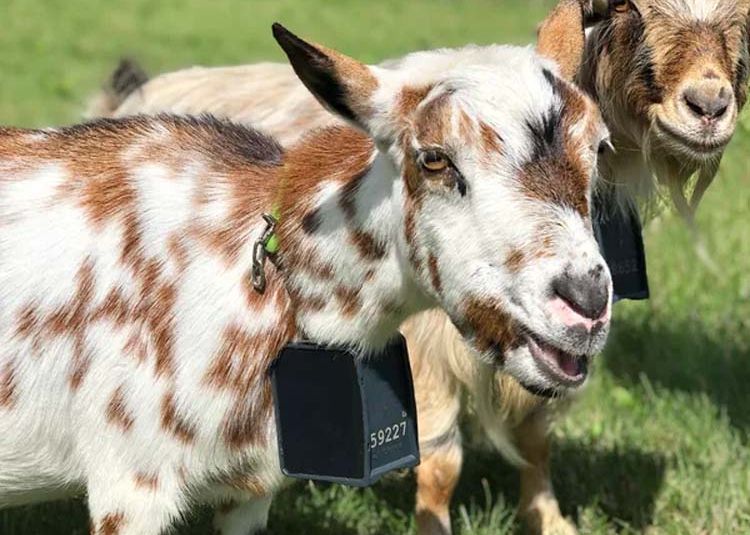The Allure of Heirloom Tomatoes
Unearthing the Flavors of the Past


Heirloom tomatoes are very easy to spot at a farmer’s market. They are just plain ugly! Most heirlooms have unusual shapes or colors, with wrinkles and odd colors. They certainly don’t look like the tomatoes you see at the grocery store.
Why are heirlooms always sought after by tomato lovers and hobby gardeners? Because they are delicious and offer unique flavors!
After tasting heirlooms, you’ll never buy a supermarket tomato again. Some gardeners have as many as 100 varieties of heirloom tomatoes. They also have great names like “Chocolate Cherry” and “Amish Paste.”
Growing heirlooms and saving seeds is like a religion for some people.
Understanding Heirloom Tomatoes
Besides being incredibly tasty, heirloom tomato varieties have been passed down from earlier generations. Backyard gardeners enjoyed how a variety tasted or looked and saved seeds so a future generation could also enjoy them. Some say a variety must be at least 50 years old to be an heirloom and others have a much longer history. Thomas Jefferson had his favorites, including the “Purple Calabash” and “Costoluto Genovese,” which looks like a squash.
The Seed Savers Exchange Yearbook alone contains over 800 varieties. If you’re new to heirlooms, what do you grow? The best way to choose your seeds is to grow what’s popular and productive.
Color affects taste. Yellow and orange tomatoes are milder and less acidic than red tomatoes.
Always pick what works well in your climate. Most seed companies supply this information like days to maturity.
Heirloom tomatoes can be less reliable and have lower yields than hybrid varieties so pick wisely.
Resources for seeds include Johnnyseeds.com, Mariseeds.com and Seedsavers.org.
- Color affects taste. Yellow and orange tomatoes are milder and less acidic than red tomatoes.
- Always pick what works well in your climate. Most seed companies supply this information like days to maturity.
- Heirloom tomatoes can be less reliable and have lower yields than hybrid varieties so pick wisely.
Health Benefits
Heirloom tomatoes, revered for their nutritional benefits, boast a higher vitamin content and are typically grown with fewer pesticides than commercial varieties. This makes them an excellent choice for anyone seeking to maximize their intake of essential nutrients while minimizing exposure to potentially harmful chemicals. Rich in vitamins C and K, heirloom tomatoes not only support the immune system and bone health, but also play a significant role in maintaining cardiovascular wellness.
One of the standout nutrients in heirloom tomatoes is lycopene, a potent natural antioxidant known for its impressive health benefits. Lycopene is particularly effective in protecting the skin from damaging UV rays. Furthermore, for individuals with diabetes, lycopene has been shown to alleviate oxidative stress, offering a nutritional approach to managing the condition. The high levels of lycopene in heirloom tomatoes also contribute to cancer prevention efforts.
Popular Varieties for Hobby Farmers
Heirloom tomatoes come in a dazzling array of colors, from deep purples and bright yellows to multi-hued patterns. Some are striped! There are many popular varieties, such as “Black Krim,” which should have a dark, almost purplish hue when ready to eat, and “Green Zebra,” which remains green with darker stripes.
Green Heirloom Varieties
Green Zebra is one of the striking heirloom tomatoes and Alice Water of Chez Panisse in California rates this near the top of her list as her favorite heirloom tomato. The fruit is sweet and tangy at the same time.
This Cherokee Green variety originated with Cherokee Indians, who shared it with a pioneer family. The family kept this variety for over 100 years before passing it on. It produces medium-sized fruit with a rich flavor.
Purple Heirloom Varieties
Black Cherry is a purple-black cherry tomato with a rich and sweet flavor. It is native to southern Ukraine, and the seeds reached North America in the 1800s.
Black Prince heirlooms have brown shoulders that turn to garnet as the fruit ripens. They originated in Siberia and are ideal in cooler climates.
Red Heirloom Varieties
Amish Paste is a plum-sized heirloom that originated in the 1870s in an Amish community in Wisconsin! This heirloom bears sweet flavorful fruit and makes an ideal salad tomato.
The Brandywine variety, named after Brandywine Creek in Pennsylvania, dates back to 1885. It is often voted the “Best Heirloom Tomato.”
Yellow Heirloom Varieties
Lemony is a Russian heirloom known as Limmony. Produces an abundance of yellow beefsteak tomatoes with a sweet, tangy flavor.
Yellow Pear is a popular variety for market growers. It produces large clusters of small yellow, pear-shaped fruit with a mild flavor and takes only 70 days to harvest.
Using Your Harvest
There are many creative recipe ideas for enjoying your heirloom tomatoes, from fresh salads to homemade sauces. According to The Old Farmer’s Almanac Garden Guide 2024, growing heirlooms enhance pasta salad, jam, a BLT and salsa.
- BLTs: Use one of the larger Russian varieties. The goal is for two slices to cover the entire sandwich. The Azoychka is tangy, bright and less acidic than others.
- Salsa: Bonny Best and Abe Lincoln are the top choices for salsa. Both are meaty tomatoes with a fresh taste.
- Pasta Salad: Green Zebra and Jaune Flamme are snack varieties that work well with pasta salads.
- Jam: Some use a mixture of tomatoes for jam and blend meaty varieties like Emerald Evergreen and Japanese Black Trifele.
Heirloom tomatoes, with their unmistakable appearance, are a staple at farmer’s markets due to their unique and often ugly looks. Their allure isn’t in their aesthetic, but in the unparalleled flavors they bring to the table, making them highly sought after by tomato enthusiasts and hobby gardeners alike. These tomatoes come in various shapes, sizes, and colors, often boasting wrinkles and unusual hues that set them apart from typical grocery store varieties.
“The only thing that money can’t buy, that’s true love and homegrown tomatoes.” — Guy Clark, American singer-songwriter.
Tags:Sustainable Acres

Acreage Life is part of the Catalyst Communications Network publication family.













